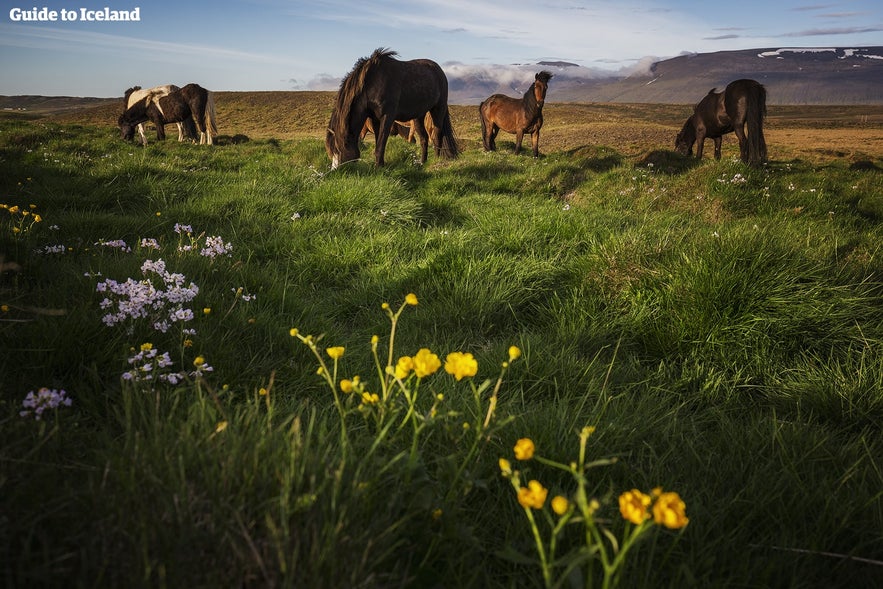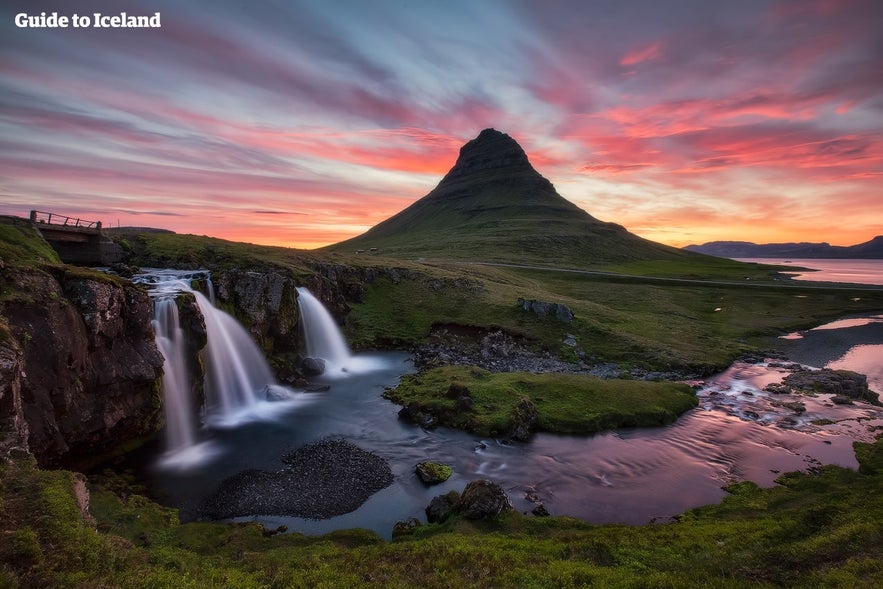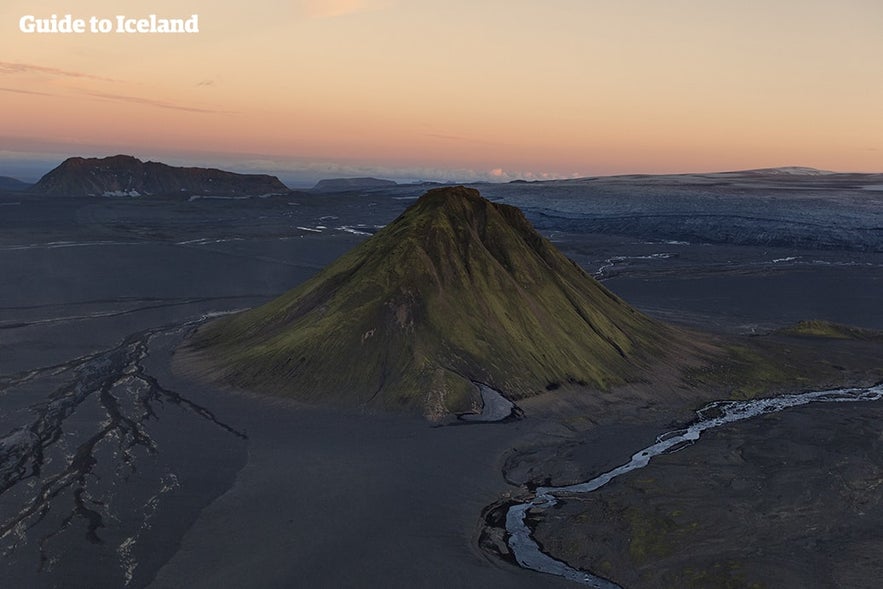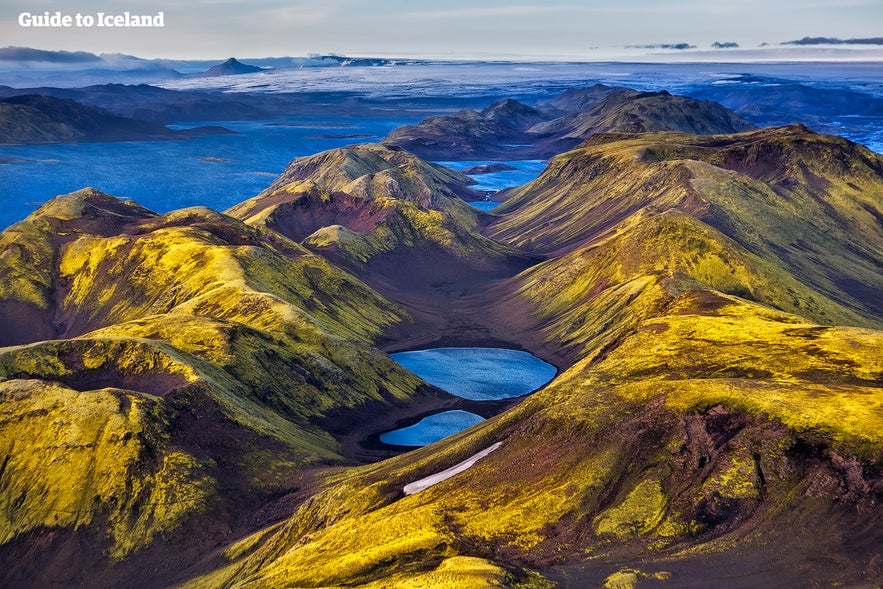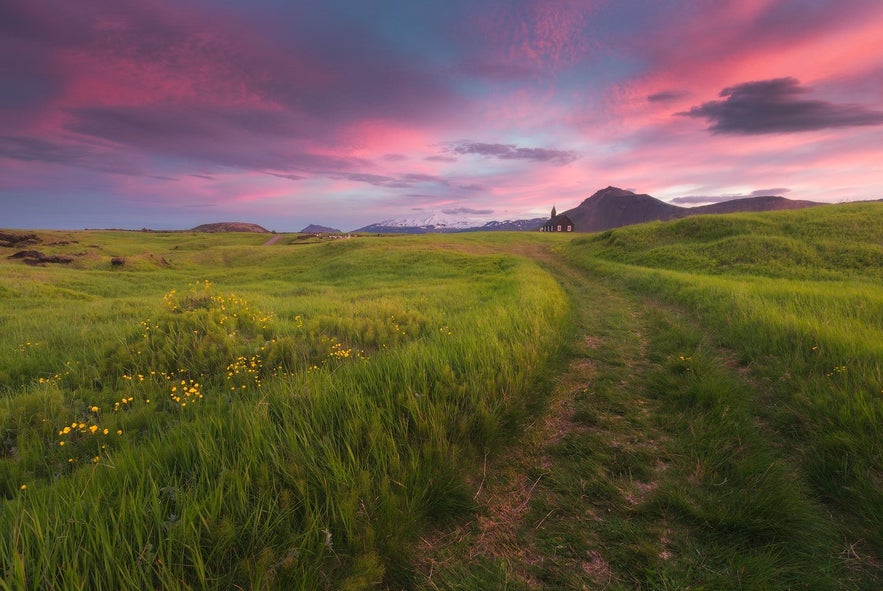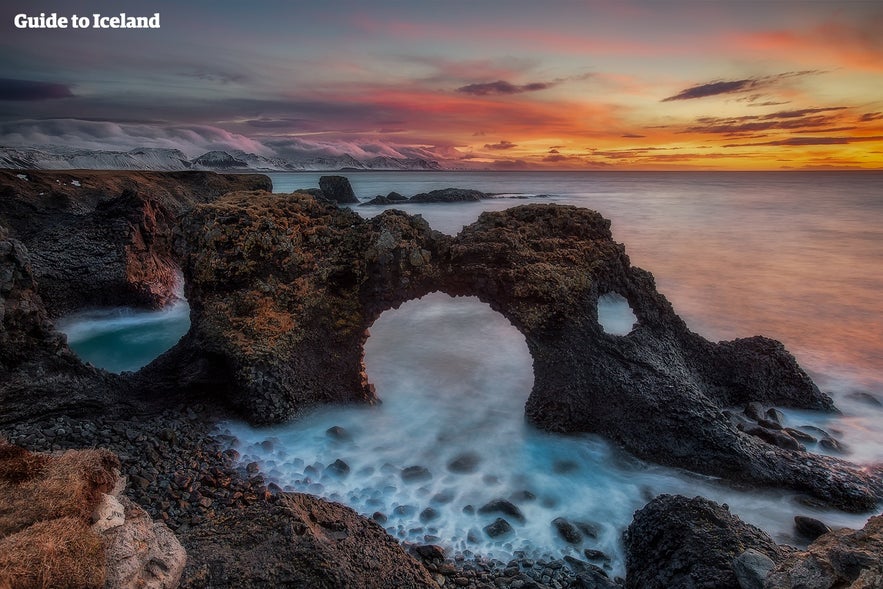
Camping in Iceland | All You Need to Know

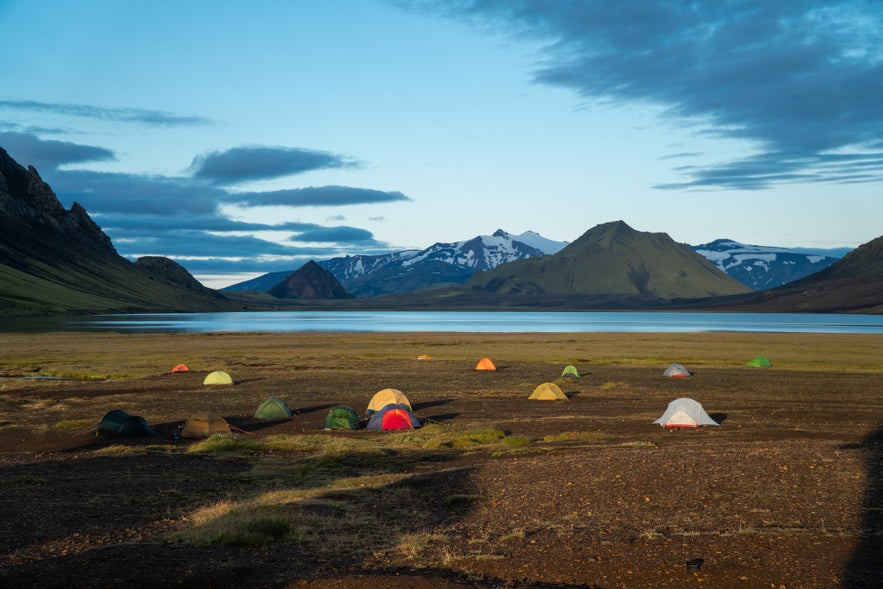
Photo by Pavel Brodsky
Do you dream of waking up to the sunrise across a magnificent fjord? Or of falling asleep amongst a range of beautiful mountains with the Northern Lights dancing overhead? If so, there are no better options for you than taking a camping holiday to Iceland. Read on to find out everything you need to know about pitching a tent in the land of ice and fire.
Taking guided tours to visit the sites or driving from accommodation to accommodation around the island is an excellent way to see the country.
However, camping is the only real way to immerse yourself in the incredible nature of Iceland.
Although the uninhabited landscape and unpredictable weather raise particular challenges, never before has this option been more accessible or inviting.
If the idea of such a life-changing experience appeals to you, keep reading for the best tips on camping in Iceland.
- Read about The Weather in Iceland & Best Time to Visit
- Get to know the essential tips for backpacking in Iceland
Why Camp in Iceland?
Camping is a passion of many Icelanders. It is somewhat of a national tradition every summer to pack up one’s belongings and join friends and families at one of the many unique campsites across the country.
The same appeal that brings locals out of their homes and into their tents extends to visitors.
Camping in Iceland is cheap, which is invaluable to travelers on a budget considering the relatively high prices in Iceland.
Camping is completely sustainable, so you can fall asleep in nature knowing that your trip has a minimal impact on it. It also allows you more independence than a hotel stay.
Iceland’s incredibly diverse scenery draws most visitors, and without needing to return to a home base, a whole scope of sights becomes instantly more accessible.
More than any of the reasons above, however, camping in Iceland gives you a unique perspective of the landscape's character surrounding you.
From the insides of a hotel, you cannot hear the breeze rustling through fields of heather, nor the wind howling down the mountain's valleys. You cannot taste the pure air as you wake up, nor feel as rosy and refreshed from sleeping through the cool of the night.
The experience is magical, and there are many options out there to make it as easy and stress-free as possible.
- See also: What to Do & Where to Go
The Easiest Way to Camp in Iceland
Although camping in Iceland is exhilarating and rewarding, it can be quite a hassle to organize all the equipment needed and plan which campsites will serve you best in advance.
Thankfully, there are several options available that cover most of these issues for you.
The best is undoubtedly an eight-day self-drive tour, which will take you all around Iceland’s famous ring road. With this package, you’ll be provided with a four-wheeled drive vehicle, allowing you to traverse almost every country road, complete with a rooftop tent, camping equipment such as chairs and tables, a USB charger, and a cooler.
All vehicles come insured and with a GPS navigation system helping you easily find the sights and Iceland's campgrounds.
This tour also comes with a camping card. This card allows you to stay at over 40 different campsites across the country without paying on the spot or pre-booking. It provides the thrill of camping with the convenience of a hotel.
This tour also comes with a custom-made itinerary that guides you to the country’s must-see locations, as well as many lesser-known sites where you can escape the crowds and still enjoy the wonders of Iceland’s incredible nature.
It is also tailored to guide you to the many geothermal pools across the country. This guide will help you to spend more time basking and relaxing, no matter where you are heading, after a long day of traveling.

Of course, there are many more options for those wishing to camp in Iceland.
Visitors with their own equipment and plans simply need to rent a vehicle to set off.
Also, travelers put off by the risk of sleeping outdoors in inclement weather have a wealth of campervan options to choose from.
Regardless of which of these you choose, it is still a wise idea to purchase a camping card to save money and help guarantee a place to settle down for the night.
However, if you plan on going down one of these routes, you need to make sure that you know where you are going, particularly regarding local services. No one wants to run out of fuel in the middle of the Highlands.
When to Go Camping in Iceland
The high tourist season in Iceland is from late May to August, making campsites notoriously crowded. There is almost always a great mixture of campervans and tents during these months.
If you aim to avoid crowds, campsites are usually open from April to September every year. This schedule allows you to try for months such as April and September to gain more tranquillity.
However, the trade-off is always going to be the weather. The high season usually has the best weather (by Iceland’s standards) with a warmer temperature and less temperamental rain, wind, and snow.
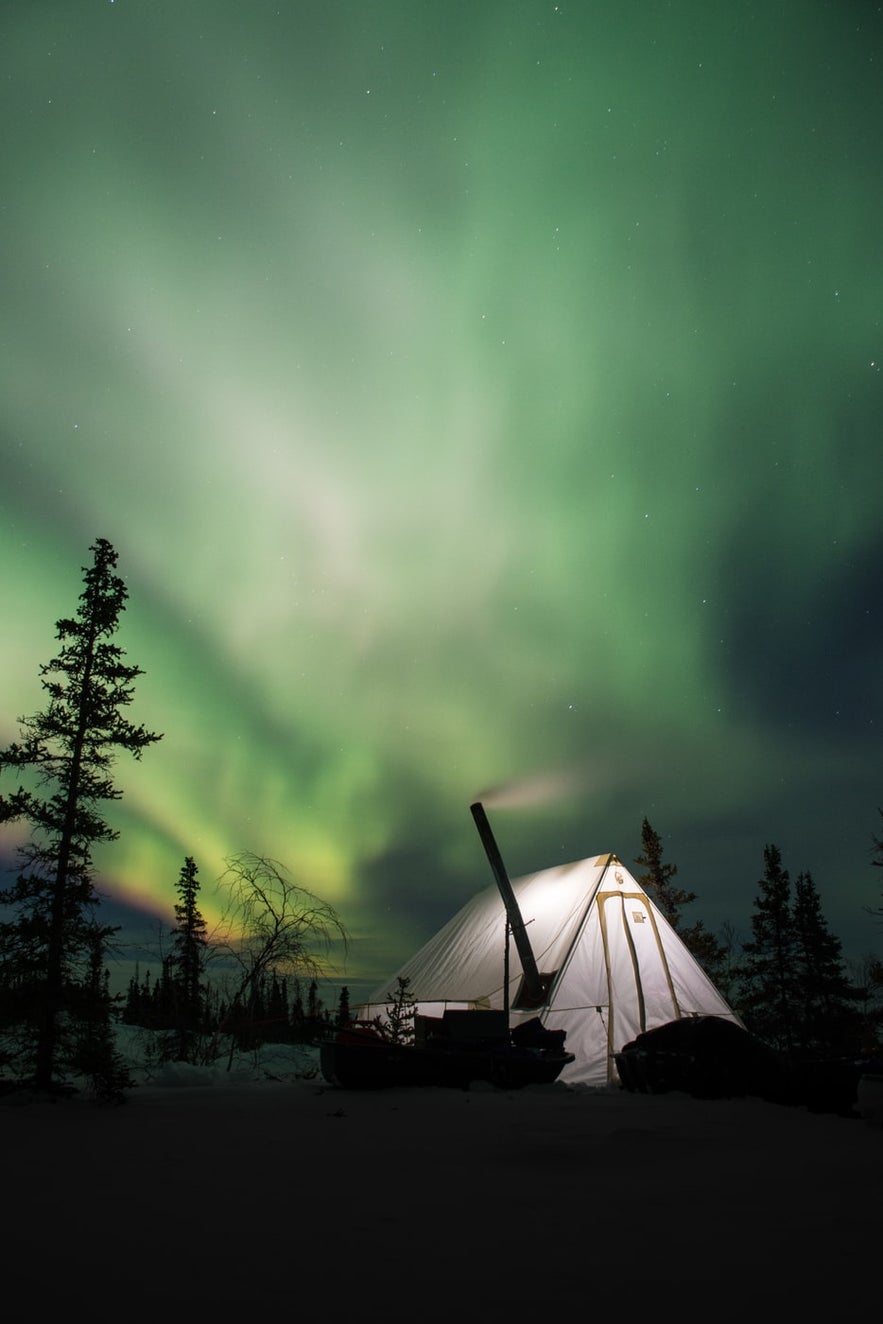 Photo by Ian Keefe
Photo by Ian Keefe
It’s essential to focus on the high season if you are camping in a tent. The last thing you want is to sleep outside during an April snow blizzard.
If you’re planning on visiting during the summer months, you will get the added benefit of resting under the mesmerizing midnight sun. This phenomenon occurs in Iceland between May 21st - July 30th and is truly a spectacle to behold.
However, if you’re not good with sleep, I’d suggest bringing a sleeping mask to avoid any potential insomnia that could impact your sightseeing during the daytime.
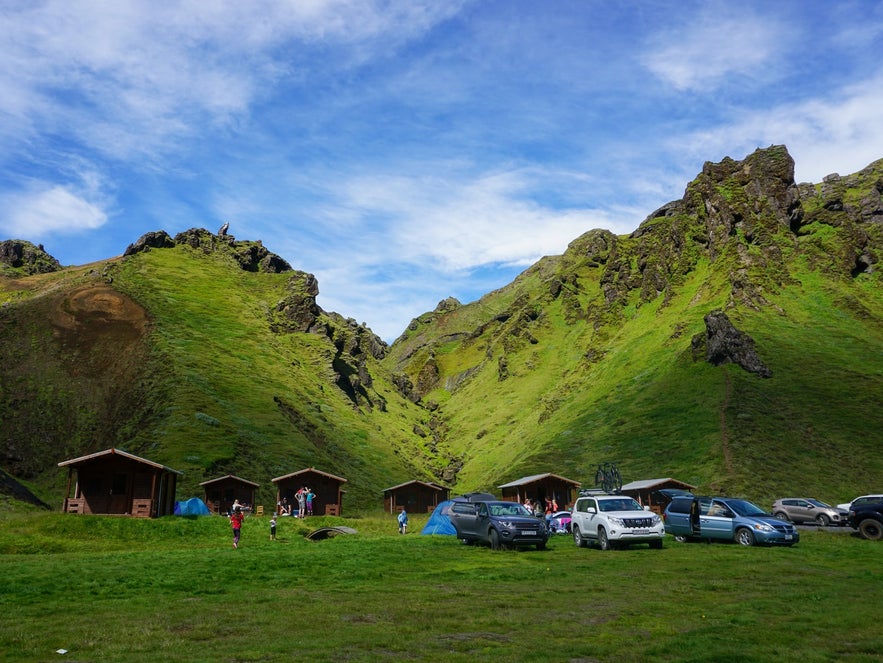 Photo by Sonali Deo
Photo by Sonali Deo
On the other hand, if you’re planning to rent a campervan, you will have more flexibility to aim for the months outside of peak season (April & September).
If you are willing to trade better weather for fewer tourists, this is the best time for you. In these months, you will also have a chance to view the elusive Northern Lights in the evening after dark.
Staying Safe While Camping
As thrilling and easy as camping in Iceland can be, there are a few risks that you should take into account. The most notable of these is, of course, the country’s notorious weather.
Even in summer, the weather is unpredictable, with the potential for high winds and all sorts of precipitation.
This variable weather can make sleeping an impossibility and roads inaccessible.
It is thus important to check the forecast before setting out or settling down. Although please note that being a far-flung rock in the North Atlantic means that weather forecasts are never 100% reliable.
It is always better to have some idea of what is ahead, however, than no idea at all.
The Icelandic Association for Search and Rescue also has a website that warns travelers of closed roads or roads exposed to weather-related risks.
Another thing to bear in mind while camping around Iceland is to ensure you know the services en route.
Iceland is a sparsely populated country with enormous stretches of uninhabited land. While this is a significant part of its magical appeal, it can leave the unprepared stranded.
Therefore, it is always essential to ensure you travel with enough food and water, have a charged phone in your vehicle, possess several layers of warm clothes, and, if possible, have a container with spare fuel.
Those following an itinerary, or sticking primarily to Route 1, are much less likely to encounter this problem, but it never hurts to take precautions.
A final issue that you need to be aware of is, essentially, how to camp.
Before setting off on a camping trip around Iceland, you should be aware of the basics, such as how to erect your tent and how to use a gas cooker.
It seems simple, but a few practice rounds with unfamiliar equipment can save you from avoidable problems further down the road.
- See also: Travel Etiquette in Iceland
Campsites in Iceland
Although much of Iceland’s nature is entirely uninhabited and barren, it is highly encouraged and, in fact, quickly becoming law to only camp within designated campsites.
Designated campsites help you preserve the wilderness, avoid overstepping the mark when it comes to staying on private property, and ensure your safety.
The campsites in Iceland are as diverse as their settings.
Most campsites have a full range of services, including showers, bathrooms, electricity, and nearby restaurants or shops. Many of them are simply a cordoned off-field or a stretch of beach with no amenities available.
The campsites with free admission on self-drive tours usually have decent facilities, and you can see the services at each on the camping card website.
Before setting off on a trip, it is also important to check when the campsites you plan to attend are open. Naturally, they are only available during the summer months, but the specific dates vary.
Many are open from May to September. But a few, especially those in more remote areas or areas susceptible to inclement weather, may only be accessible from June to August.
Festivals at certain locations in summer can also mean that campsites will fill up, and camping cards may not be valid. So it is a good idea to check up on each location before visiting it.
Wild Camping
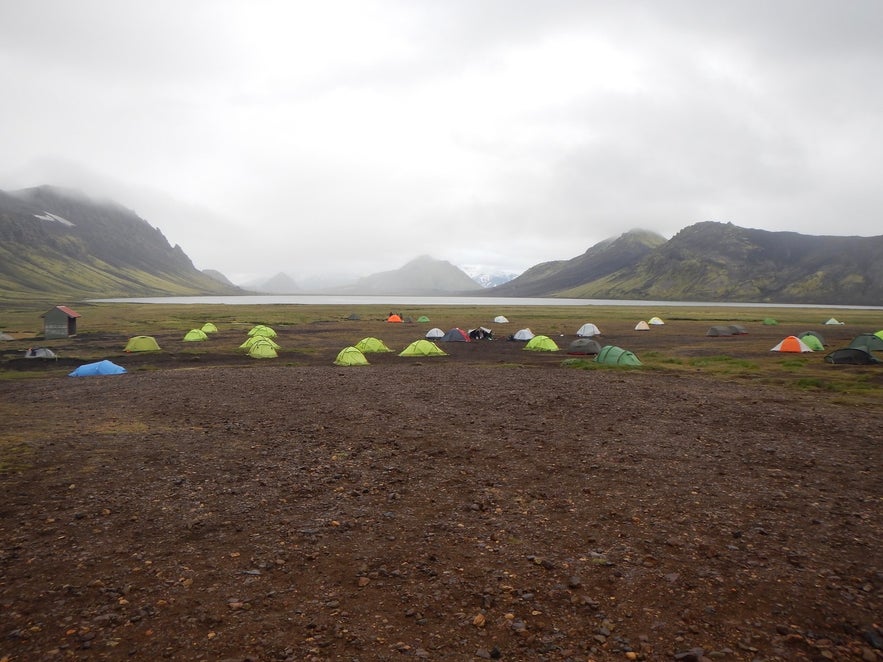
In November 2015, as a direct response to the ever-increasing visitor numbers to Iceland, the Icelandic Tourist Board put forward new legislation making changes to where people are permitted to camp out.
One of the most significant changes here is to know, as of 2015, it is illegal to camp in tents, trailers, caravans, campervans, or anything of the like, outside of a designated campsite UNLESS there is written permission from the landowner.
At the end of 2017, the Chief of Police for Iceland’s South Coast also announced that “wild camping” in the region was no longer legal.
Consequently, those who relieve themselves on land they are illegally inhabiting will be fined and made to clean up their mess.
You are also not permitted to camp outside of designated areas within any of Iceland’s three National Parks: Thingvellir National Park, Vatnajokull National Park, and Snaefellsjokull National Park.
To reiterate, If you are in a campervan, caravan, tent trailer, or something similar, including a 4X4 vehicle with a tent on the roof, you must retire each night to a campsite no matter where you are in the country.
Other locations where camping is forbidden, in alphabetical order, include Alafoss, Dimmuborgir, Dyrholaey, Fjallabak, Hverfjall, Kirkjugolf, Myvatn and Jokulsargljufur.
Many other locations quickly add to this list, so make sure to check the area regulations yourself as to where it is and is not permissible for overnight camping stays.
If, against all advice, you have a tent and choose to settle out in nature, then, of course, make sure that you leave it exactly as you found it, and do not set open fires.
Also, be sure not to leave behind any waste, regardless of whether it is biodegradable or not.
Always make sure never to drive off-road to reach a site, under any circumstances. Iceland strictly forbids off-road driving.
Lastly, it is also imperative that you do not lift or shift around the haunting moss that covers much of the landscape, as it grows incredibly slowly, and the impact you make on it could last decades.
Icelanders are very protective of their moss, and if you appreciate it as you should, you will quickly learn why.
- See also: Dumbest things to do in Iceland
The Camping Experience of a Lifetime
Traveling around this beautiful country with very few restrictions is a liberating and thrilling experience.
From the beautiful fjords and dramatic mountains to the stretches of twisted lava and fields of volcanic sand, a camping trip around Iceland will bring you wonder after wonder.
Whether taking our self-drive packages for your convenience or going at it alone, so long as you respect nature and take all necessary precautions, this trip promises to be the adventure of a lifetime.
Camping in Iceland is a wonderful experience and adventure no matter what time of year you choose to partake. From tranquil resting under the midnight sun to gazing up in awe at the Northern Lights, camping is an adventure not to be missed. We’d love to hear about your experiences camping in Iceland in the comments below.
บทความอื่นที่น่าสนใจ

พักที่ไหนดีในไอซ์แลนด์
ค้นหาที่พักที่ดีที่สุดในไอซ์แลนด์ได้จากคู่มือท่องเที่ยวฉบับละเอียดนี้ คุณกำลังมองหาโรงแรมและที่พักในไอซ์แลนด์อยู่ใช่ไหม? หรือกำลังสงสัยว่าจะเลือกพักที่ไหนในไอซ์แลนด์เพื่อชมแสงเหนือหรือพระอาทิตย์เที่...อ่านเพิ่มคู่มือเที่ยวธารน้ำแข็งในไอซ์แลนด์
เพลิดเพลินกับความมหัศจรรย์ของธารน้ำแข็งยุคโบราณซึ่งเป็นทัศนียภาพอันยิ่งใหญ่และงดงามของไอซ์แลนด์ สัมผัสประสบการณ์การไฮกิ้งขึ้นไปชมสิ่งมหัศจรรย์ที่หาชมได้ยาก เดินสำรวจตามรอยแยกบนผืนน้ำแข็ง และปีนป่...อ่านเพิ่ม
สภาพอากาศและอุณหภูมิในประเทศไอซ์แลนด์
ศึกษาทุกอย่างเกี่ยวกับสภาพอากาศในประเทศไอซ์แลนด์ เนื่องจากเกาะแห่งนี้สุดโต่งในทุกด้าน ไม่เว้นแม้แต่สภาพดินฟ้าอากาศ ดูอุณหภูมิเฉลี่ยของแต่ละเดือน สภาพอากาศของแต่ละฤดูกาล ความแตกต่างของสภาพอากาศในแต่ละพ...อ่านเพิ่ม

ดาวน์โหลดตลาดการท่องเที่ยวที่ใหญ่ที่สุดของไอซ์แลนด์ลงในโทรศัพท์ของคุณเพื่อจัดการการเดินทางทั้งหมดของคุณได้ในที่เดียว
สแกนรหัส QR นี้ด้วยกล้องในโทรศัพท์ของคุณแล้วกดลิงก์ที่ปรากฏขึ้นเพื่อเพิ่มตลาดการท่องเที่ยวที่ใหญ่ที่สุดของไอซ์แลนด์ไว้ในกระเป๋าของคุณ ป้อนหมายเลขโทรศัพท์หรือที่อยู่อีเมลของคุณเพื่อรับ SMS หรืออีเมลพร้อมลิงก์ดาวน์โหลด
